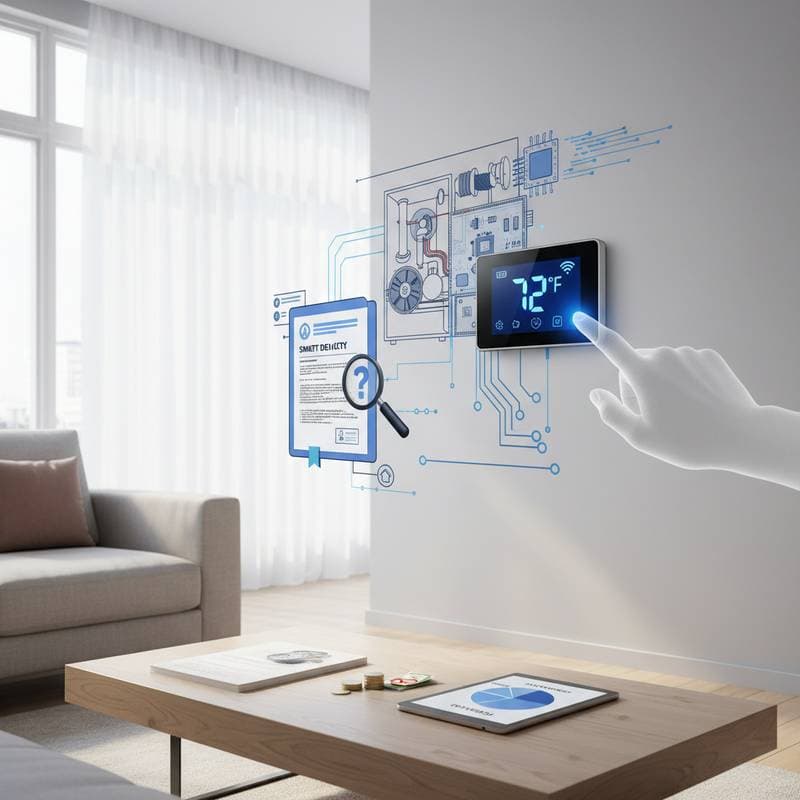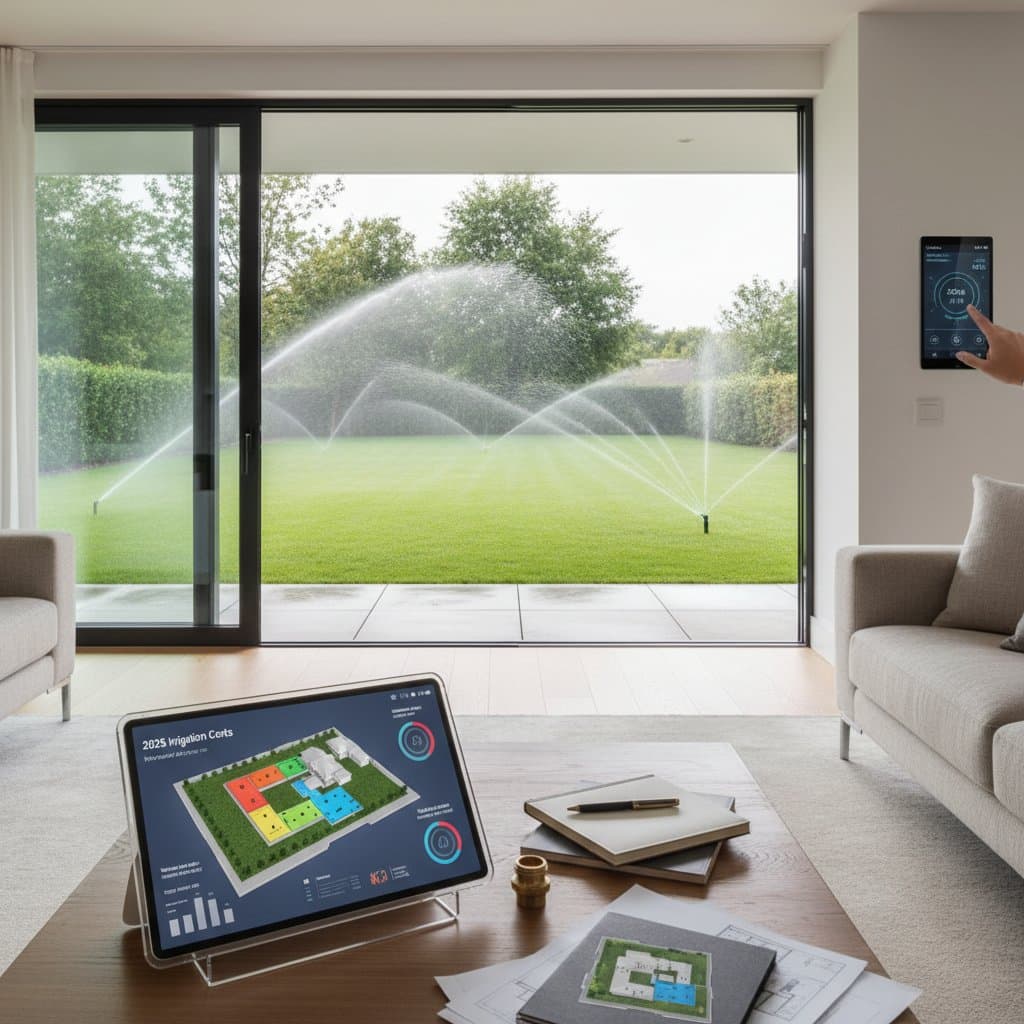Bathroom Upgrades That Deliver Strong Returns in 2025
Homeowners often turn to the bathroom for renovations because these spaces offer some of the highest returns on investment. A thoughtfully updated bathroom enhances daily comfort, increases property value, and appeals to potential buyers. The challenge lies in selecting upgrades that balance cost, functionality, and broad market appeal without exceeding practical budgets.
This guide explores targeted improvements for 2025, drawing on trends in efficiency, durability, and design. By focusing on elements that address common buyer priorities, such as water conservation and spacious layouts, you can achieve measurable gains in resale value. Below, we break down strategies to maximize impact while keeping projects feasible.
Prioritizing Efficiency and Everyday Usability
Efficiency forms the foundation of a high-return bathroom upgrade. Modern buyers prioritize features that lower utility bills and promote sustainability. Start by installing WaterSense-certified toilets, which use 1.28 gallons per flush or less, reducing water consumption by up to 20 percent compared to older models. These fixtures maintain strong flushing power, ensuring reliability without compromising performance.
Low-flow showerheads and faucets represent another essential update. Select models certified by the Environmental Protection Agency that deliver at least 2.0 gallons per minute for showers while conserving water. Pair these with aerators on sinks to further minimize usage. In regions with high water costs, such changes can recoup installation expenses within a few years through savings alone.
Energy-efficient lighting completes this functional core. Replace incandescent bulbs with LED options under vanity lights and overhead fixtures. Dimmable LEDs allow customization for tasks like grooming or relaxation, and they consume up to 75 percent less energy. These upgrades not only cut costs but also create a brighter, more welcoming atmosphere that highlights the room's best features.
Selecting Durable Materials for Lasting Appeal
Material selection influences both aesthetics and longevity, directly affecting return on investment. Opt for porcelain or ceramic tiles on floors and walls, as they withstand moisture and wear while resisting stains. Choose neutral tones like soft grays or whites to broaden appeal, avoiding trends that might date quickly.
Countertops benefit from quartz surfaces, which replicate the elegance of natural stone without the upkeep. Quartz resists scratches, heat, and bacteria, making it ideal for high-use areas. For a midrange budget, allocate 15 to 20 percent of total costs to these surfaces; industry data indicates such investments recover 60 to 70 percent of expenses upon sale.
Walls and ceilings call for semi-gloss or satin paints formulated for humid environments. These finishes repel mold and simplify cleaning. When refinishing, apply two coats for even coverage, and consider adding a moisture-barrier primer in shower areas. This approach ensures the space remains fresh and inviting, supporting higher property valuations.
Optimizing Storage and Layout for Perceived Space
Effective storage transforms a cramped bathroom into a streamlined retreat. Install floating vanities with soft-close drawers to maximize floor visibility and ease of access. Measure your space precisely before purchase; a 36-inch vanity suits most powder rooms, while larger options fit master baths.
Incorporate built-in niches in shower walls for shampoos and soaps, reducing clutter on ledges. Recessed medicine cabinets with mirrored doors save wall space and integrate lighting for better visibility. These solutions cost under 500 dollars each yet elevate the room's organization, making it feel 20 percent larger to visitors.
Layered lighting enhances this spatial illusion. Combine recessed ceiling lights for general illumination with task-oriented sconces beside the mirror. Add a waterproof strip light under cabinets for toe-kick glow. This setup improves safety during evening routines and creates depth, drawing the eye to architectural details rather than flaws.
Integrating Accessibility Features for Broader Market Reach
Accessibility upgrades appeal to aging-in-place buyers and families alike, expanding your audience. Convert traditional bathtubs to curbless walk-in showers with grab bars integrated into the design. Use textured flooring to prevent slips, and install lever-handled faucets for easier operation.
These modifications comply with universal design principles without sacrificing style. For instance, a fold-down shower seat and handheld sprayer add convenience for all users. Budget 2,000 to 4,000 dollars for such conversions; they often yield 80 percent recovery in resale due to growing demand for adaptable homes.
Ventilation plays a key role in accessibility and health. Upgrade to exhaust fans rated at 80 cubic feet per minute or higher, positioned to vent directly outside. This prevents steam buildup, protecting materials and reducing allergy risks, which savvy buyers appreciate.
Engaging Professionals for Complex Tasks
Certain upgrades demand professional involvement to ensure quality and compliance. Electrical work, such as adding outlets or installing heated towel racks, requires licensed electricians to meet code standards. Plumbing adjustments, like relocating drains for a new layout, benefit from plumbers experienced in bathroom systems.
Waterproofing demands expertise too; improper sealing leads to leaks and structural damage. Hire contractors certified in moisture management to apply membranes behind tiles and around fixtures. Initial costs may rise by 20 percent with pros, but they avert expensive repairs that could erode ROI.
Plan consultations early. Request portfolios of similar projects and verify insurance. A detailed contract outlining timelines and warranties protects your investment, allowing focus on design choices rather than oversight.
Crafting a Budget That Aligns with Returns
Effective budgeting directs funds to elements with proven payoff. Allocate 40 percent to fixtures and plumbing, 30 percent to materials, 20 percent to labor, and 10 percent to contingencies. Track expenses with spreadsheets, prioritizing efficiency upgrades first for immediate savings.
For a 10,000-dollar midrange project, target a 65 percent ROI by focusing on visible, functional changes. Skip extravagant additions like steam showers unless your market supports them. Instead, refresh hardware with brushed nickel pulls and hinges for under 200 dollars, instantly modernizing the space.
Phased approaches work well for larger budgets. Complete core efficiency updates in year one, then add storage in year two. This strategy spreads costs while building equity incrementally.
Sustaining Upgrades Through Proactive Care
Maintenance preserves the value of your investments over time. Schedule annual inspections of caulking and grout; reseal as needed to block water intrusion. Clean fixtures weekly with mild vinegar solutions to prevent mineral buildup and maintain shine.
Operate exhaust fans during every shower to control humidity levels. Replace filters in air purifiers or fans quarterly. These habits extend material life by years, keeping the bathroom appealing to future owners.
Regular care also informs when refreshes are due. Minor touch-ups, like repainting trim every five years, sustain the polished look without major outlays. This ongoing commitment ensures your upgrades continue to enhance livability and marketability.





